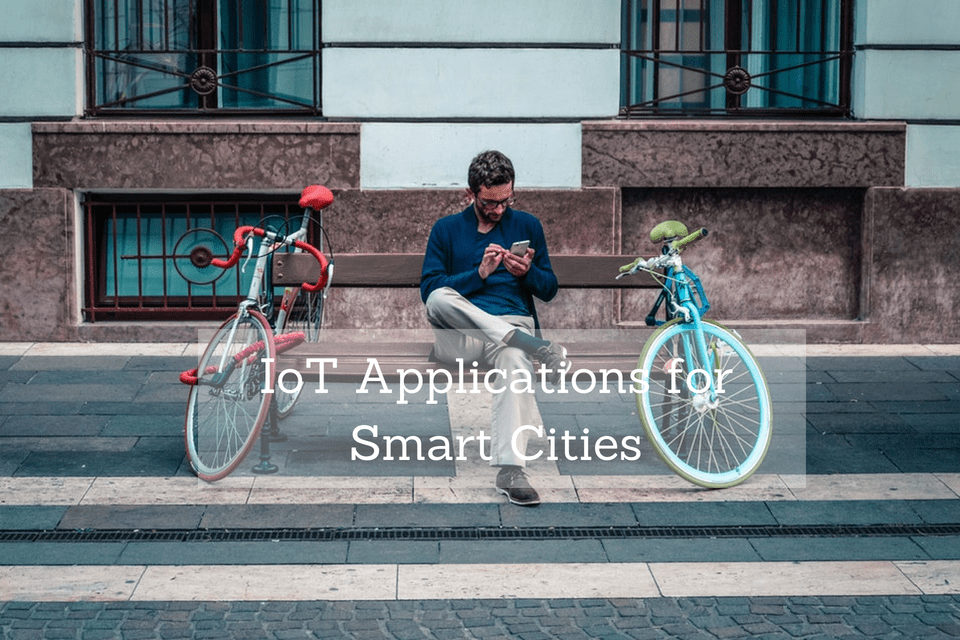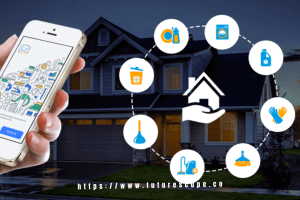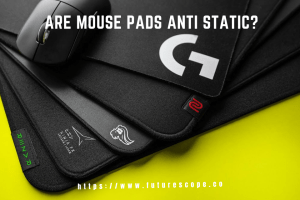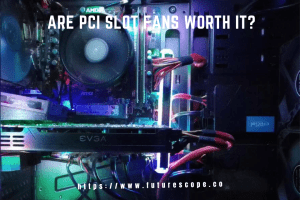Last Updated on September 11, 2018 by Editor Futurescope
The global population is likely to reach 9.7 billion in the year 2050, and most importantly, around two-thirds of this population will be living in cities. In other words, within the next 34 years, the number of individuals living in cities will increase by around 2.5 billion. The rapid increase will have significant effects on the environment, infrastructures in cities and on the individuals who live in the cities. So, how are cities preparing for that?
The answer is not simple but starts with the Internet of Things (IoT). Rapid growth of connected technologies allows urban centres from all parts of the world to change into smart cities. IoT is changing two things: how cities work and how people in them live.
Practical applications of internet of things in smart cities
Juniper Research named Barcelona the Global Smart City in the year 2015 due to its application of IoT to improve the use of energy, water and some other resources. For example, the city’s Lighting Masterplan program replaced 1,100 ordinary lampposts with LED lamps outfitted with sensors. With that, the streetlights automatically turn on immediately pedestrians get into closer proximity and dim when a street is empty. The sensors have another purpose – collection of data about the quality of air in the city. With the program, Barcelona managed to increase the energy conservation rate by around 30-percent and saved around $37 million. The saved amount reduced all costs by one-third.
Citysense, a widely known application, relies on sensors to minimize the unnecessary use of electricity by adjusting the brightness of streetlights depending on the presence of pedestrians and automobiles. The application is smart enough to differentiate people from trees and animals.
With the increasing population, cities have to determine the best way of keeping pedestrian traffic flowing throughout the day. One city that has started doing that is Hong Kong. The city improved its commuter card to make it a contactless payment card for transit fares, parking machines, retail stores, kiosks, vending machines and the public services locations. The card also synchronizes with the loyalty and reward systems in the city. With the wearable, riders are now travelling on various forms of public transportation and can direct the traffic flow in stations to reduce congestion and to make more efficient commuting.
In smart cities, cars, buses, and bikes are also directed. With people spending around 15-percent of their driving time on congestions and around 20-percent of the time to find parking spots, use of smart parking bays and GPS has started in London’s Greenwich borough, where they have reduced the amount of wasted time and improved the traffic flow. The Copenhagen Connecting program uses GPS systems in buses and wired data from the driver’s smartphone to make a more efficient system and to minimize the travel time cyclists and bus passengers spend by nearly 10-percent.
Addition of sensors to sewers and garbage bins as it is happening in Copenhagen and the installation of smart parking bays in London’s Greenwich borough are some of the advancements people should expect in smart cities. Such technology will improve the efficiency of the public infrastructure and the live of citizens.
IoT applications include “Bigbelly Smart Waste and Recycling System,” which is modular. The system facilitates real-time and historical data collection and helps with smart garbage collection to reduce chances of overflows and to generate necessary notifications to assist the garbage collectors manage the waste in a better way and keep the environment beautiful and cleaner.
IoT also provides an opportunity of making all public services convenient. For instance, in Buenos Aires, the launch of Ministry of Modernization that engages citizens in all government agencies has facilitated the development of free public wireless networks including WiFi access to museums, libraries, masses in parks, bus stations and subways. The city has also made filing of taxes easier and digitized the birth certificates registry. People can now do the two tasks from the comfort of their homes. They only need a smartphone.
Among the primary benefits that result from cities of connected things is the offered data. Businesses and city officials can measure the density of crowds throughout the day and determine the areas that are capturing more foot traffic. They can use the data to determine where they should establish new restaurants, shops or grocery stores.
Apart from accumulating data passively, IoT can do more. In Singapore, for example, the Smart Nation initiative is now providing results. The series of citizen apps allow communication between service providers and citizens, the research institutions and industry experts to offer solutions that can improve the well being of people in the country. The agencies get feedback through the Beeline App of the city and with the data; they are able to create better new transport routes that will meet the needs of all people.
In the near future, smart cities will incorporate more IoT elements in urban landscapes. That is the primary reason why the Internet of Things device security is a vital part of smart cities. Cities will continue to update their devices with the most recent hardware and software and protect them to ensure smooth flow of data between the connection points.
To save water, Fountain View, a drought-plagued town of California enforced the FlexNetcommunication system, OMNI commercial meters and iPERL residenal meters to help reduce the usage of water by around 23-percent.
IoT is likely to transform how people in cities consume water. The introduced smart meters will improve data integrity and leak detection, prevent the loss of revenue associated with inefficiency and boost the productivity by minimizing the time people spend to enter and analyse data. Manufacturers are also designing meters to include customer-facing portals to provide residents with timely access to information about the water supply and their consumption.
In the year 2011, Autolib launched an electric vehicle-sharing program in the city of Paris and today, it consists of over 3,000 vehicles. People can use GPS to track the interconnected vehicles. The drivers can also use the dashboard of their vehicles to reserve parking spaces, to save time, and to minimize the waste associated with searching for parking space.
Conclusion
You can now see that smart cities are highly benefiting from technological advancements that rely on Internet of Things. You can also see that as these cities grow, more devices enter the market and the amount of data increases. To manage the data in an effective manner, cities require better information management systems.









